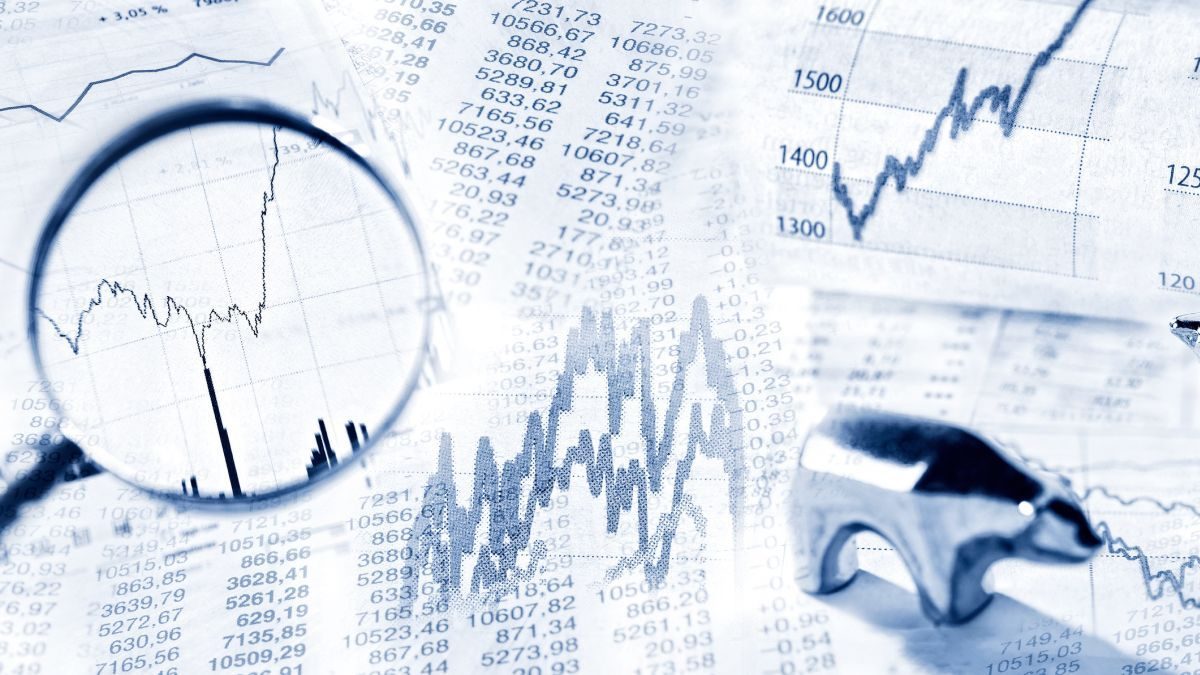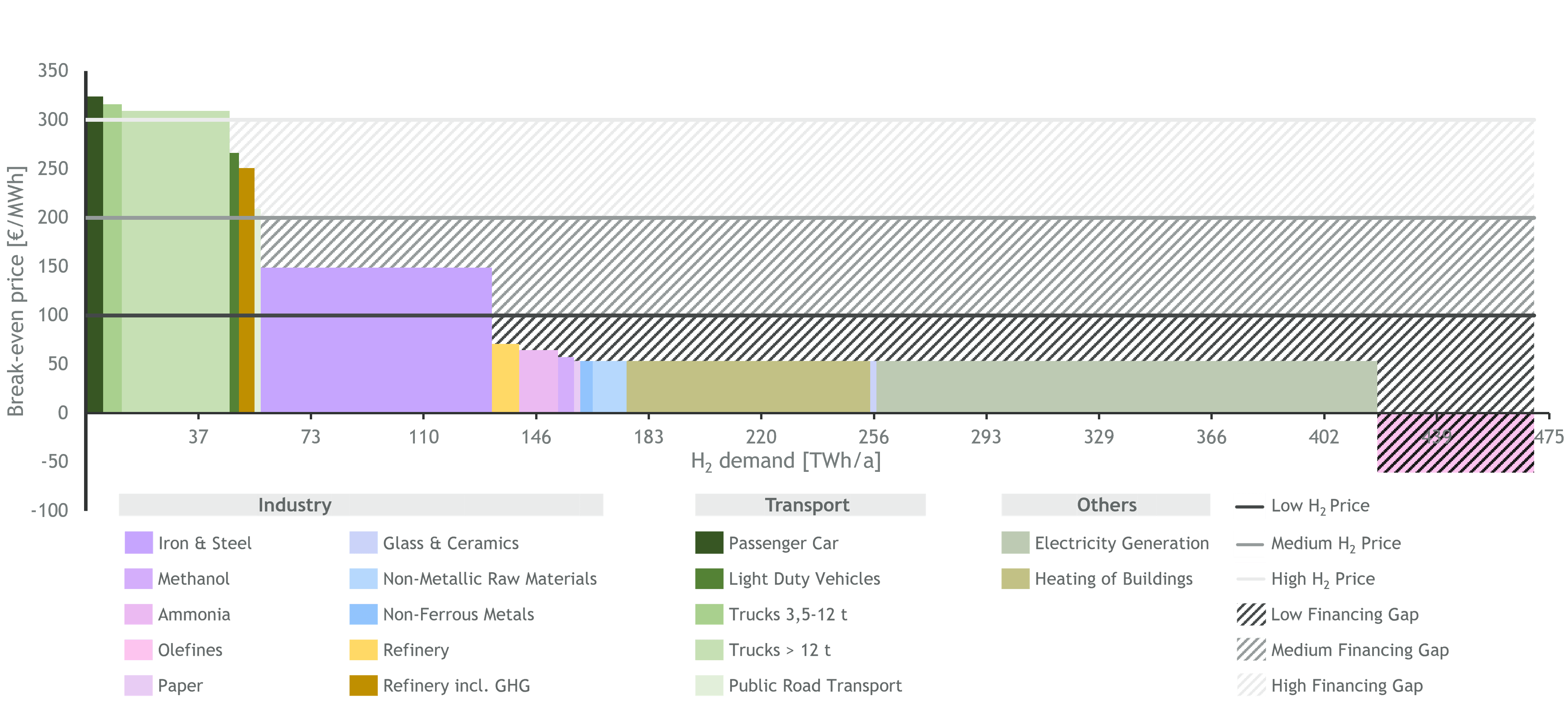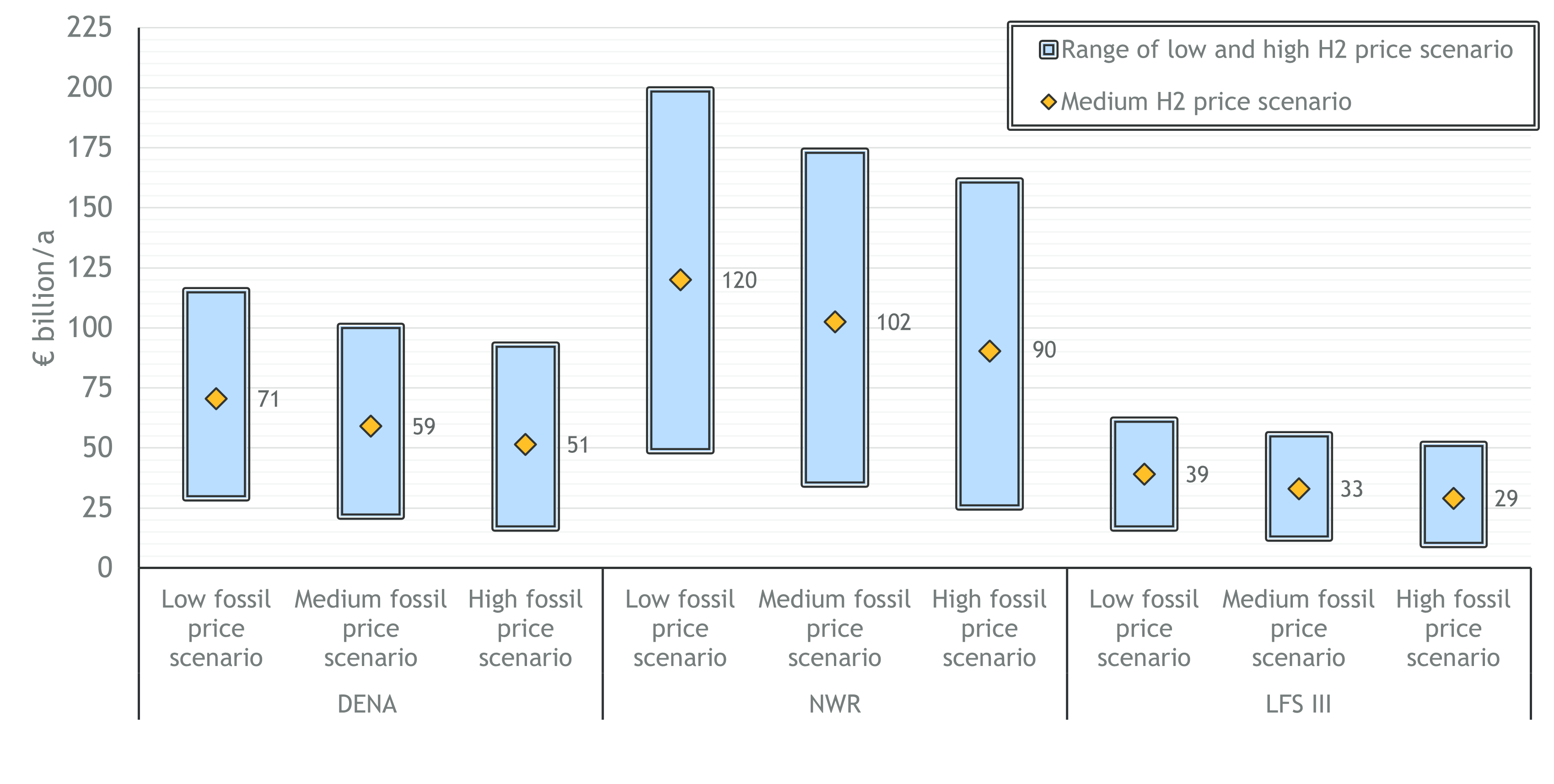
Low-carbon hydrogen is a key element in the climate neutrality scenarios for Germany. However, many of the applications assumed in the scenarios would cost-ineffective at currently projected costs of the new energy carrier. In a medium price scenario, the corresponding hypothetical financing gap ranges between 2-10 billion euros for the model year 2030 and 30-100 billion euros for the model year 2045, as the EWI shows in a new projection.
In the research report “The financing gap in the hydrogen market ramp-up: analysis of demand and price scenarios”, a team from the Institute of Energy Economics (EWI) at the University of Cologne assesses the economic viability of the potential use of hydrogen in various applications in 2030 and 2045. The analysis is based on a greenfield cost comparison of hydrogen applications and conventional processes in the industrial, transport, electricity and building sectors. The analysis was carried out by Dr.-Ing. Ann-Katrin Klaas, Merit Dressler, Felix Schäfer and Dr. David Strake as part of the “Hydrogen Research Program” of the EWI and was financially supported by the Gesellschaft zur Förderung des Energiewirtschaftlichen Instituts an der Universität zu Köln e.V.
The research report builds on the assumptions regarding the application-specific annual demand for hydrogen in three common climate neutrality scenarios. For each of these applications, a rough break-even analysis is used to determine the hydrogen price at which the use of the new energy carrier is economically more favorable than the use of conventional energy sources. CO2 prices, tolls, taxes, and the greenhouse gas reduction quota are also taken into account. These measures increase the break-even price and thus have a dampening effect on the financing gap for individual applications.
The break-even prices for hydrogen determined in the research report are below the currently assumed future market prices for the new energy carrier for almost all applications and years considered. Multiplied by the hydrogen demand assumed in the climate-neutral scenarios, this results in a projected hypothetical financing gap. “The identified financing gap indicates that the hydrogen demand described in the carbon neutrality scenarios is subject to an important prerequisite: namely that the use of this energy carrier would be subsidized in the future” says Dr. Ann-Kathrin Klaas, Project Lead at the EWI. “We compare so-called greenfield investments, i.e. completely new facilities on a fictitious greenfield site. In this sense, our results represent a lower bound of the theoretical financing gap, because in reality, new hydrogen projects are often likely to compete with fossil-based facilities.”

The financing gap is calculated in the research report for a total of nine different price scenarios. The research report shows that rising prices for fossil fuels and CO2 emissions increase the break-even price and thus reduce the financing gap. In the case of high fossil fuel prices and low hydrogen prices, which is particularly advantageous for hydrogen applications, the scenarios considered in the research report still result in a financing gap of about 20 billion euros in 2045. In the opposite scenario with high hydrogen prices and favorable fossil fuel prices, the financing gap for the year 2045 grows to the order of 50-200 billion euros. “The unknown future hydrogen price has the greatest influence on the size of the financing gap in our calculations,” says Klaas.

In addition to emissions trading and the existing measures for refineries and the transport sector, other regulations are currently being discussed or implemented to support the hydrogen market ramp-up. These include the Renewable Energy Directive III, the concept of “green lead markets” and climate contracts for difference. “It remains to be seen to what extent these measures will be able to reduce the financing gap.” says Klaas.